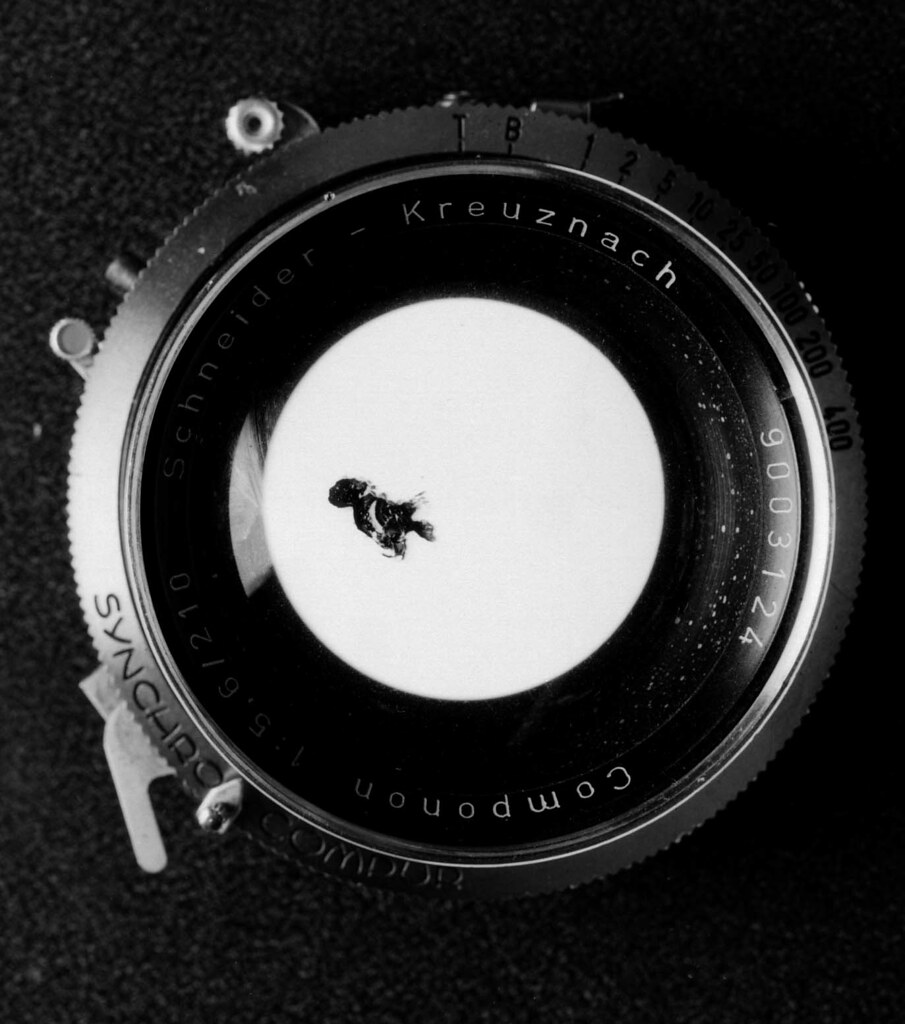compur
Been spending a lot of time on here!
The mistake is thinking that each individual point of the subject is rendered into an image by an individual point in the lens. If that were true then, yes, the point in the subject “covered by” the speck would be blocked by the speck and would be rendered as a speck in the negative.
But, fortunately, camera lenses don't work that way.
The reality is that each individual point of the subject is rendered into an image by the entire lens which focuses that point into a point in the image. So, the speck becomes an infinitesimally small part of each infinitesimally small point in the image and so can't be seen by a human eye.
Flaws in a lens have to be gross to create a perceivable difference in the image. For example, haze in a lens usually covers the entire surface area so it would have a perceivable effect in the image because it would affect the rendering done by every point in the lens.
But, fortunately, camera lenses don't work that way.
The reality is that each individual point of the subject is rendered into an image by the entire lens which focuses that point into a point in the image. So, the speck becomes an infinitesimally small part of each infinitesimally small point in the image and so can't be seen by a human eye.
Flaws in a lens have to be gross to create a perceivable difference in the image. For example, haze in a lens usually covers the entire surface area so it would have a perceivable effect in the image because it would affect the rendering done by every point in the lens.
Last edited:

 lens.jpg
lens.jpg stream.jpg
stream.jpg










